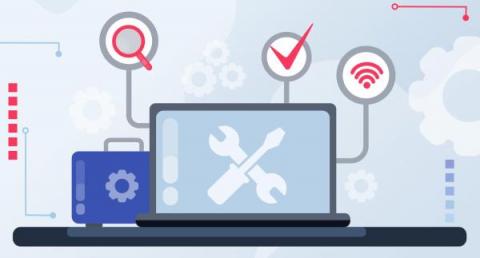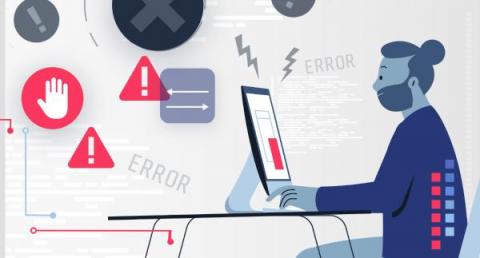Why AIOps is Worth the Investment During an Economic Downturn
Recent talks of an economic softening have left IT leaders concerned about the future of their enterprises. That concern is understandable — tech layoffs create near-daily headlines at this point, with top companies rolling back their operations and rolling up their sleeves to focus on mission-critical expenses. And for many in ITOps, that means cutting tools.











